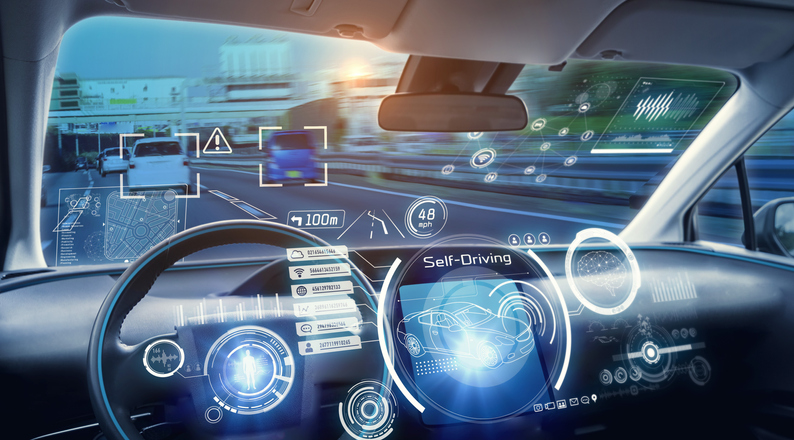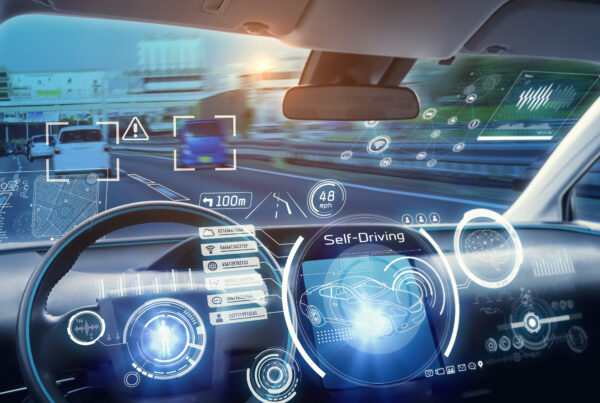The future of autonomous vehicles promises a world of convenience and improved mobility, yet 3 in 4 people still hold strong safety concerns about the new technology.
When you think about it the benefits of driverless vehicles provide a variety of practical benefits – whether it be arranging for the vehicle to safely drive you home after a night of drinks with friends, or even just appreciating the scenery just that little bit more during a long drive.
But according to the study – conducted by Partners for Automated Vehicle Education (PAVE) – the situation and environment can both have a huge effect on the overall trust that the driver will place in the vehicle.
“The results of this survey confirm that autonomous vehicles face major perception challenges, and that education and outreach are the keys to improving trust,” said Tara Andringa, Executive Director of PAVE.
“These insights provide both motivation and direction to our effort to confront this educational challenge.”
Key Takeaways
- Nearly 3 in 4 Americans say autonomous vehicle technology “is not ready for primetime.”
- About 48 per cent said they would never get in a taxi or ride-sharing vehicle that was self-driving.
- Another 20 per cent think autonomous vehicles will never be safe.
- Only 34 per cent think the advantages of AVs will outweigh the disadvantages.
- Only 18 per cent are eager to get on a waitlist for the first AV.
In what situations do people trust driverless cars?
The study found that people are most willing to use such cars in closed environments such as university campuses, airports, retirement villages, holiday parks and golf courses. These environments usually involve specific routes and chaperones, which is the typical approach to implementing national safety guidelines.
The research also showed that people are willing to use driverless car features in some circumstances. Finding a place to park in a carpark is one. Using the driverless mode for long road trips in low traffic areas, with the ability for drivers to regain control of the car in busier environments, is appealing.
Where is trust in autonomy questioned?
On the whole, the research discovered people are most unwilling to sit in the driver’s seat of a vehicle with no driver controls – no pedals or steering wheel – and prefer the idea of having some control of the driver to step in as required. People are also hesitant to be passengers in areas with high pedestrian traffic or to use the vehicles public transport with no chaperone.
So what is the solution?
The study recommended that in order to gauge public interest, user perceptions should be monitored and tracked through time.
What developers need to remember is that building trust is a gradual process and that certain segments of the driving population will take longer to adjust.
From your own fleet perspective while the use of full-scale autonomy still remains decades away, consider smaller initiatives for closed controlled environments within your organisation could be something to begin considering in the shorter term pipeline.




















